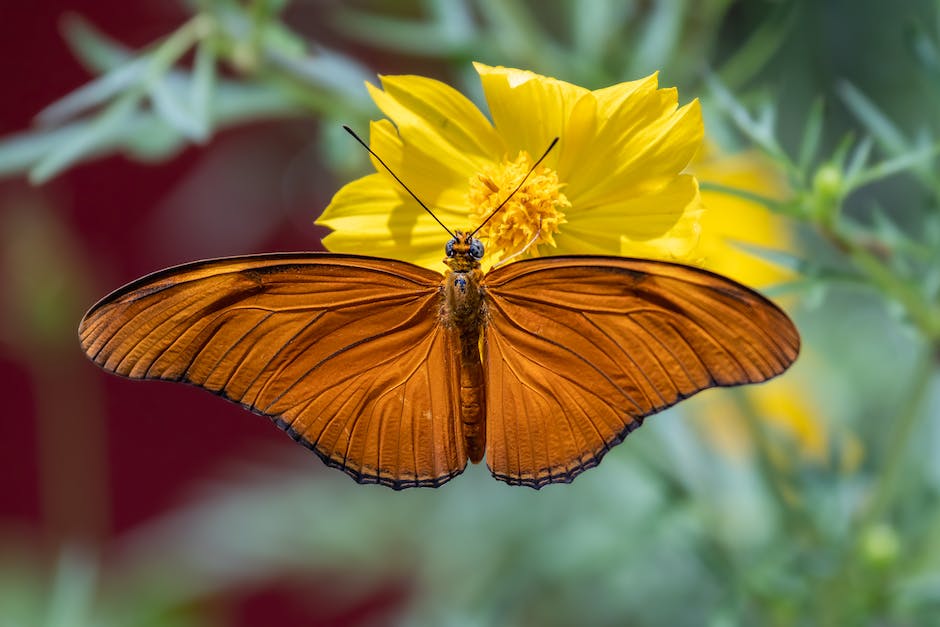Insect eggs come in all shapes and sizes. For identification purposes, it’s often helpful to compare a number of eggs side-by-side. While some species can be identified by their unique shape, it often pays to consult a field guide or online insect egg identification resource. In this article, we’ll look at the variety of insect eggs and describe the common features that make each of them identifiable.
What Do Insect Eggs Look Like?
Insect eggs vary greatly in shapes and sizes, but one thing many of them have in common is an oval shape. While some species may have egg pods that look like small seed pods, many kinds of insects lay individual eggs, which may be round, cylindrical, flattened, or even ribbon-like. Depending on the species of insect, the eggs can be smooth, covered in bumps, ridges, spikes, or even hair-like bristles.
Color
The color of insect eggs can also offer clues when trying to identify them. Green eggs are common among grasshoppers and moths, while lady beetle eggs may be yellow or orange. Some species, such as leafminers, lay eggs inside leaves and can be difficult to see without magnification.
Size
Insect egg sizes are typically measured in millimeters. Grasshopper eggs, for example, tend to be around 0.5 – 1 mm in size while some moths may lay eggs as large as 5 mm in length.
Where Do Insects Lay Eggs?
Most species of insects will lay their eggs on a variety of surfaces including leaves, stems, and the soil. Some may even lay their eggs inside the soft sheaths of plants or fruit. The female may also attach her eggs to twigs, rocks, or the sides of buildings.
Substrates
In addition to the type of surface, the substrate on which the eggs are laid can also be used for identification. For example, lady beetle eggs are often laid on the underside of leaves, while praying mantids may lay theirs on the stems of plants.
Location
The location of the eggs is also an important factor. Mosquitoes may lay their eggs near water sources, while booklice tend to lay their eggs in areas of high humidity.
Resources
Insect egg identification can be a challenging task, but several online resources are available to help. When looking for information on a particular species, it’s often helpful to check out websites such as BugGuide.net and The Names of Things. These sites provide photos of insect eggs, descriptions of their common characteristics, and other information on their habitats.
People Also Ask
Where Do Insects Lay Eggs?
Insects will lay their eggs on a variety of surfaces including leaves, stems, and the soil. Some may even lay their eggs inside the soft sheaths of plants or fruit.
What Does an Insect Egg Look Like?
Insect eggs vary greatly in shapes and sizes, but one thing many of them have in common is an oval shape. While some species may have egg pods that look like small seed pods, many kinds of insects lay individual eggs, which may be round, cylindrical, flattened, or even ribbon-like.
What Is Hatching of Eggs?
Hatching of eggs is the process of larva emerging from the egg. Insect eggs may be laid in various areas depending on the species. As the eggs warm up or are exposed to moisture, they will eventually hatch, releasing the larva.
Do All Insects Lay Eggs?
No, not all insects lay eggs. For example, queen bees lay eggs, but the drone bees (males) are born from unfertilized eggs. Also, some insects are born from the pupal stage, such as butterflies and moths.
What Is the Difference Between Eggs and Larvae?
Eggs are the first stage of an insect’s life cycle, which are laid by the female in order to reproduce. They undergo no further development until they hatch, releasing the larvae. Larvae are the second stage of an insect’s life cycle, and they are the immature worms or caterpillars that have hatched from their eggs.
Final Words
Insect eggs come in a variety of shapes and sizes, and identifying them can be a challenging task. The color, size, and location of the eggs can give clues to their identity, and there are several online resources available for insect egg identification. While it is certainly possible to identify an insect egg on your own, it’s often best to consult a field guide or experienced entomologist when in doubt.

